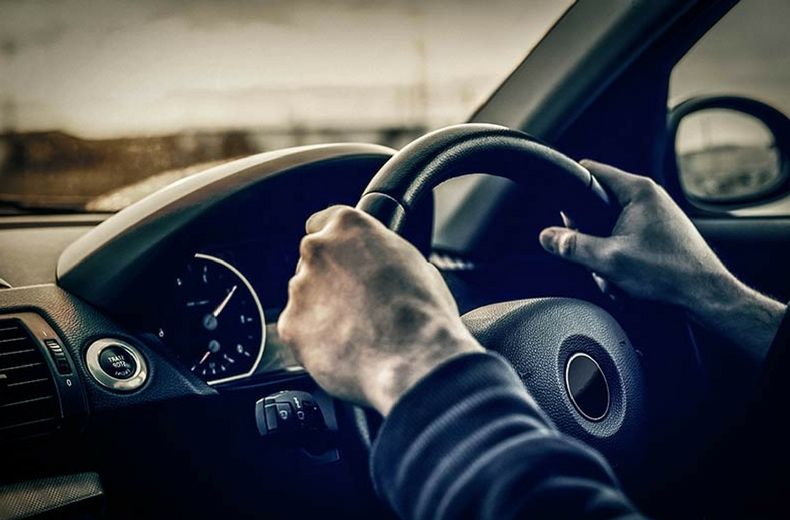Read on to discover how even you could be a better driver.
1. Keep to the speed limits
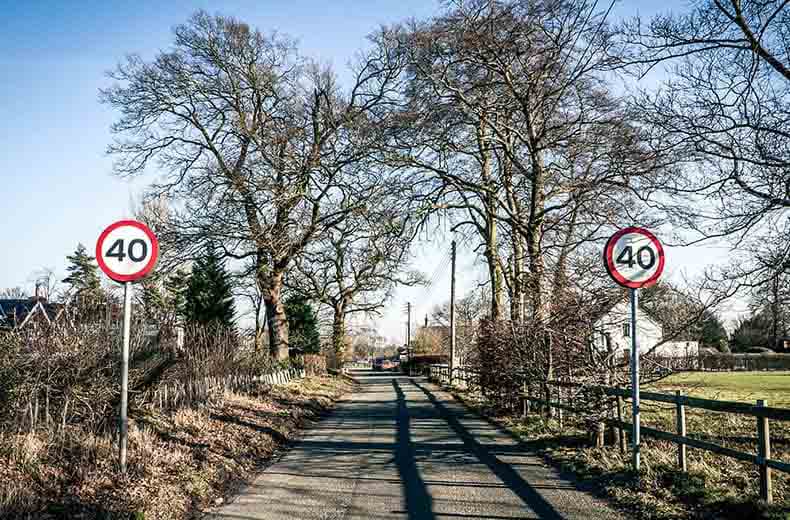
“They won’t get there any quicker,” said your gran as a speeding driver whizzed by.
While that might not necessarily be true, speeding is wrong for a number of reasons.
Firstly, it’s against the law, putting you at risk of a fine and points on your licence.
Secondly, the faster you drive, the more fuel you’ll use, hitting your wallet where it hurts.
And we don’t need to remind you about the increased risk of being involved in an accident.
To get more mileage for your money visit our fuel saving tips page.
2. Adjust your driving accordingly
Speed limits are a maximum, not a target.
So while it might be perfectly safe to drive at 60mph when the weather is clear and the roads are dry, you might need to adjust your speed when the conditions dictate.
Similarly, you’ll need to slow down in fog or when the sun is low in the sky as glare can make for hazardous driving conditions.
A good driver has an ability to react to different situations and adjust their driving accordingly.
3. Smoothly does it
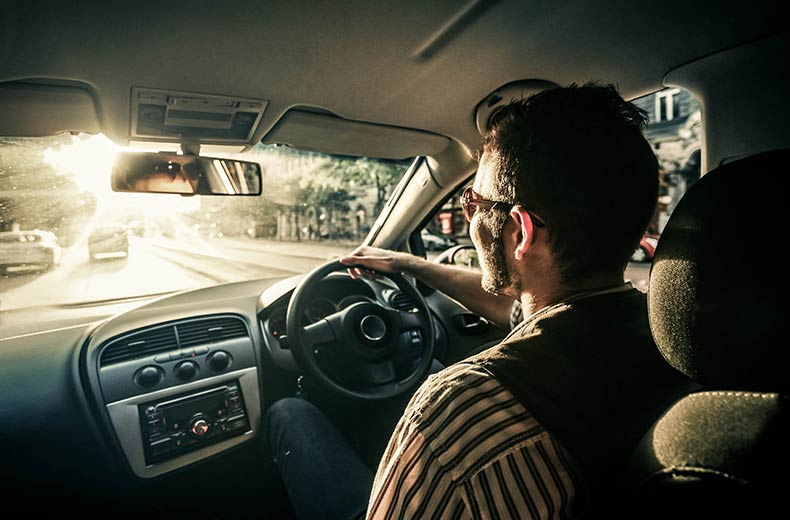
By accelerating and decelerating in a smooth and controlled manner, you could expect to save around 20% in fuel.
Figures suggest that non-aggressive driving and anticipating the road ahead could see this rise to as much as 30%.
Passengers won’t take too kindly to a driver who is constantly on the brakes or stamping on the accelerator.
Anticipate the road ahead, rather than racing up to junctions and roundabouts.

RAC sale – up to 33% off*
• Roadside cover from £5.29 a month†
• We get to most breakdowns in 60 mins or less
• Our patrols fix 4/5 breakdowns on the spot

4. Better braking
Focus on the art of progressive braking – start slight, increase with pressure and finish light.
This allows other motorists to react to your actions and is much safer than constant braking.
You’ll also find it puts less wear and tear on your brakes and tyres, while having the added bonus of saving fuel.
Take care when entering a bend: lower your speed before you enter a corner and accelerate slowly once out the other side.
Braking mid-bend could put your car out of balance, leading to a loss of control.
5. Don’t tailgate
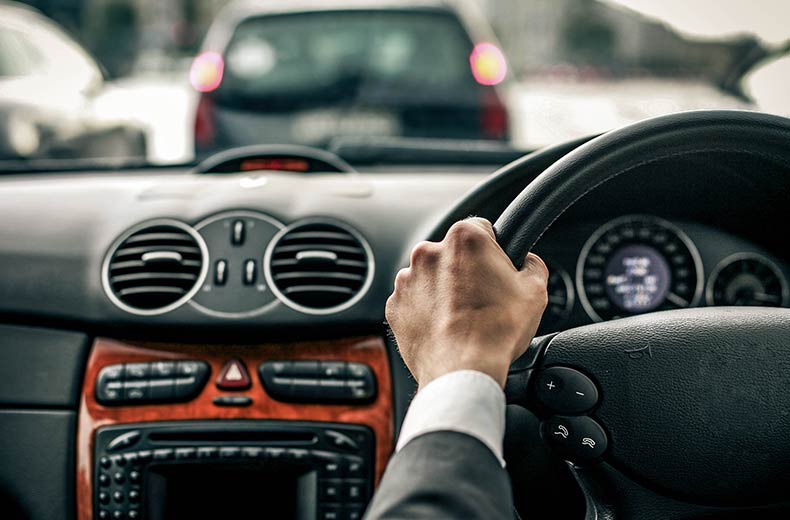
Tailgating is the dangerous practice of following too close to the vehicle in front.
Not only is it unsafe, you also risk antagonising the driver in front, which could lead to road rage.
A survey conducted in 2014 showed that 95% of drivers are sometimes concerned about vehicles driving too close behind them.
Remember the ‘two-second rule’. As the car in front passes a fixed point – such as a sign or a bridge – start to say “only a fool breaks the two-second rule”.
If you pass the same fixed point before you’ve finished the phrase, you’re driving too close. Time to back off.
READ MORE: 11 of the most annoying UK driver habits
6. Look ahead
Anticipate more than just the vehicle directly in front of you.
By observing the ‘two-second rule’, you’re already better placed to react to sudden changes that may occur, but you should look further down the road to anticipate other dangers.
Maybe you’re on a motorway and you’re unaware that there’s queuing traffic at the next junction.
Perhaps you’re on an unfamiliar rural road and there’s a car turning right just around the next bend.
Look ahead and don’t be caught out by other drivers’ carelessness.
7. Lights, fantastic
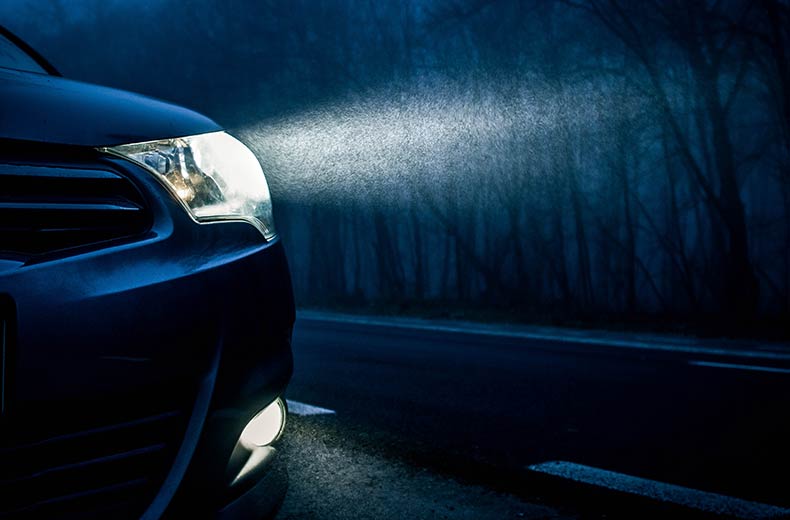
When it gets dark, you must use your headlights – that much is obvious.
But all too often we see drivers seemingly unaware that their daytime running lights (DRLs) aren’t suitable for use after dusk.
If nothing else, driving with DRLs won’t mean that your rear lights are illuminated.
Read more about DRLs on our guide to daytime running lights page.
Take care in fog. The Highway Code states that you must use headlights when visibility is seriously reduced, generally when you cannot see for more than 100 metres – roughly the length of a football pitch.
Use your rear fog lights (and front fog lights, if fitted), but remember to switch them off when conditions improve.
For more fog advice read our advice for driving in fog: when should you use your fog lights page.
8. Stay alert in the city
You’ll be driving at slower speeds in towns and cities, but that doesn’t mean you can pay less attention.
Check the speed limit, which will most probably be 30mph, but more and more towns are introducing new 20mph limits.
Watch for speed humps and pedestrians wandering into the road, and be alert when driving past schools and areas where children might congregate.
You never know when a child might run into the road chasing after a lost ball.
9. Remove distractions

The police are cracking down on motorists using a mobile phone at the wheel and you risk a fine and points on your licence if you’re caught in the act.
Our advice: put the phone on silent and place it in the glovebox.
But don’t think your mobile phone is the only distraction in the car.
Fiddling with the sat-nav, adjusting the radio, dealing with misbehaving children, even an over-talkative passenger can all lead to a loss of concentration at the wheel.
Clearly, you’re not going to remove the sat-nav and radio, or leave your passengers behind.
But by ensuring your children are entertained – a good book or tablet might help – you can focus on the road ahead.
MORE ADVICE: What to do if you break down on a smart motorway
10. Treat driving with respect
As a kind of catch-all, you should treat driving with the respect it deserves.
Our cars might be safer than ever, but with more drivers on the road, not to mention more distractions, the risks are all too plentiful.
Having more pride in your driving will ensure you achieve a higher driving score, keeping your RAC Advance box in the best of moods.
Safe driving.
Learner Driver Car Insurance
Only pay for the cover you need until you’ve passed your test. Get learner driver insurance so you can practice outside of your lessons.



